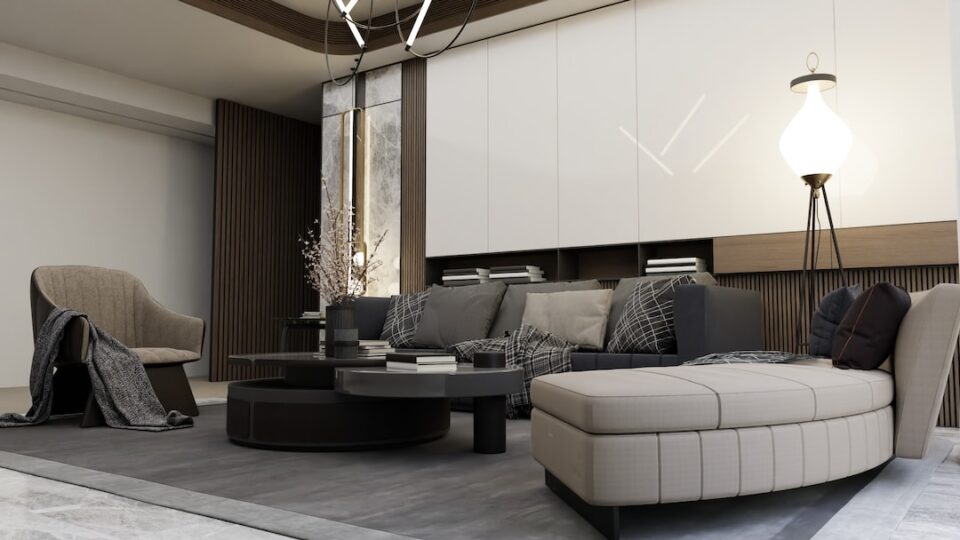The Role of Color Psychology in Website Design and Branding
In the world of website design, color plays a crucial role. It has the power to evoke emotions, influence perceptions, and even impact customer behavior. Understanding the psychology behind color can greatly enhance the effectiveness of a website’s design and branding strategy.
Color psychology is the study of how colors affect human emotions and behaviors. Different colors have different meanings and associations, and can evoke specific emotional responses. For example, warm colors like red and orange tend to evoke feelings of excitement and energy, while cool colors like blue and green are often associated with calmness and tranquility.
When it comes to website design, the choice of colors is not only about aesthetics but also about creating the desired user experience. Colors can be used strategically to convey the values and message of a brand, and to elicit specific responses from the target audience.
One of the most important considerations in website design is the brand identity. The colors chosen for a website should align with the brand’s personality, values, and target market. For instance, a website selling organic and natural products may incorporate shades of green and brown to evoke a sense of freshness and earthiness.
In addition to brand identity, the colors used in a website design should also take into account the target audience and the desired emotional response. For example, a healthcare website may use calming blue tones to create a sense of trust and reliability, while a fashion website targeting young, trendy individuals may opt for vibrant and energetic colors.
Furthermore, the placement and combination of colors on a website can also influence user behavior. For instance, the use of a contrasting color for call-to-action buttons can draw attention and encourage users to take a specific action, such as making a purchase or signing up for a newsletter.
Color can also impact the readability and accessibility of a website. High contrast colors are important for ensuring text and important information are easily readable, especially for individuals with visual impairments. The careful selection of colors can enhance the overall user experience, making the website more inclusive and user-friendly.
In conclusion, color psychology has a significant impact on website design and branding. Understanding the emotions and perceptions associated with different colors can help businesses effectively communicate their brand identity and influence customer behavior. By strategically selecting and combining colors, businesses can create engaging and visually appealing websites that resonate with their target audience. When it comes to website design, color goes beyond aesthetics, it is a powerful tool that can shape how users perceive and interact with a website.
Publisher Details:
Bub-Lee Web & Graphic Designs
https://www.bub-lee.com/
Are you starting a business, in need of a logo, or building a new website? You’ve come to the right place! I know all too well how time consuming and difficult all of this can be. I hope you take some time to check out my design portfolio and the packages I offer. My packages range from logo, website, branding, business cards, flyer, product packaging designs and more. I’d love to hear from you and answer any questions you might have!

